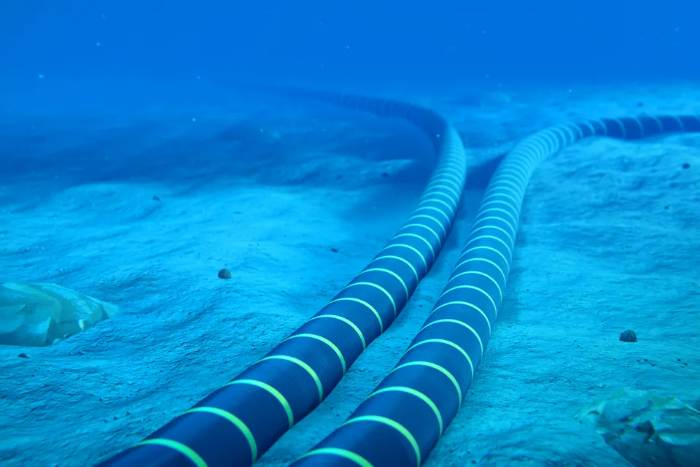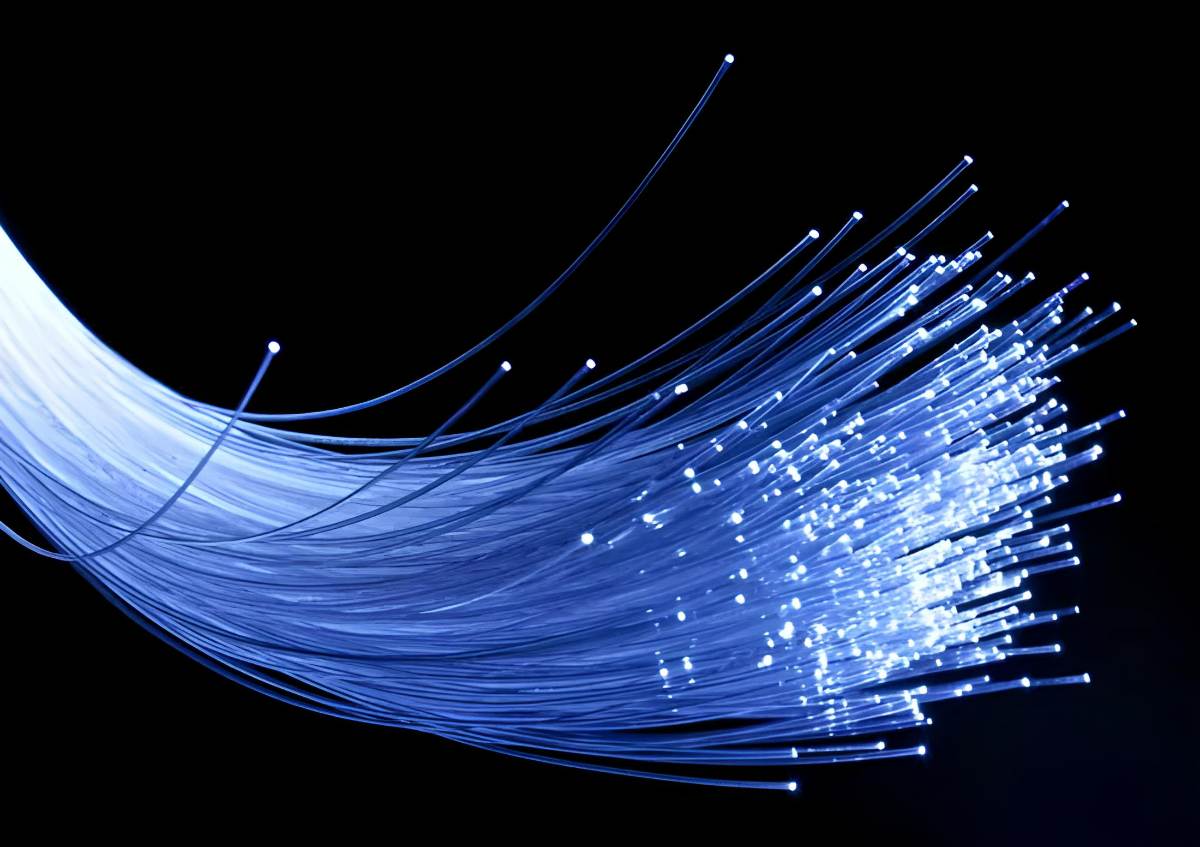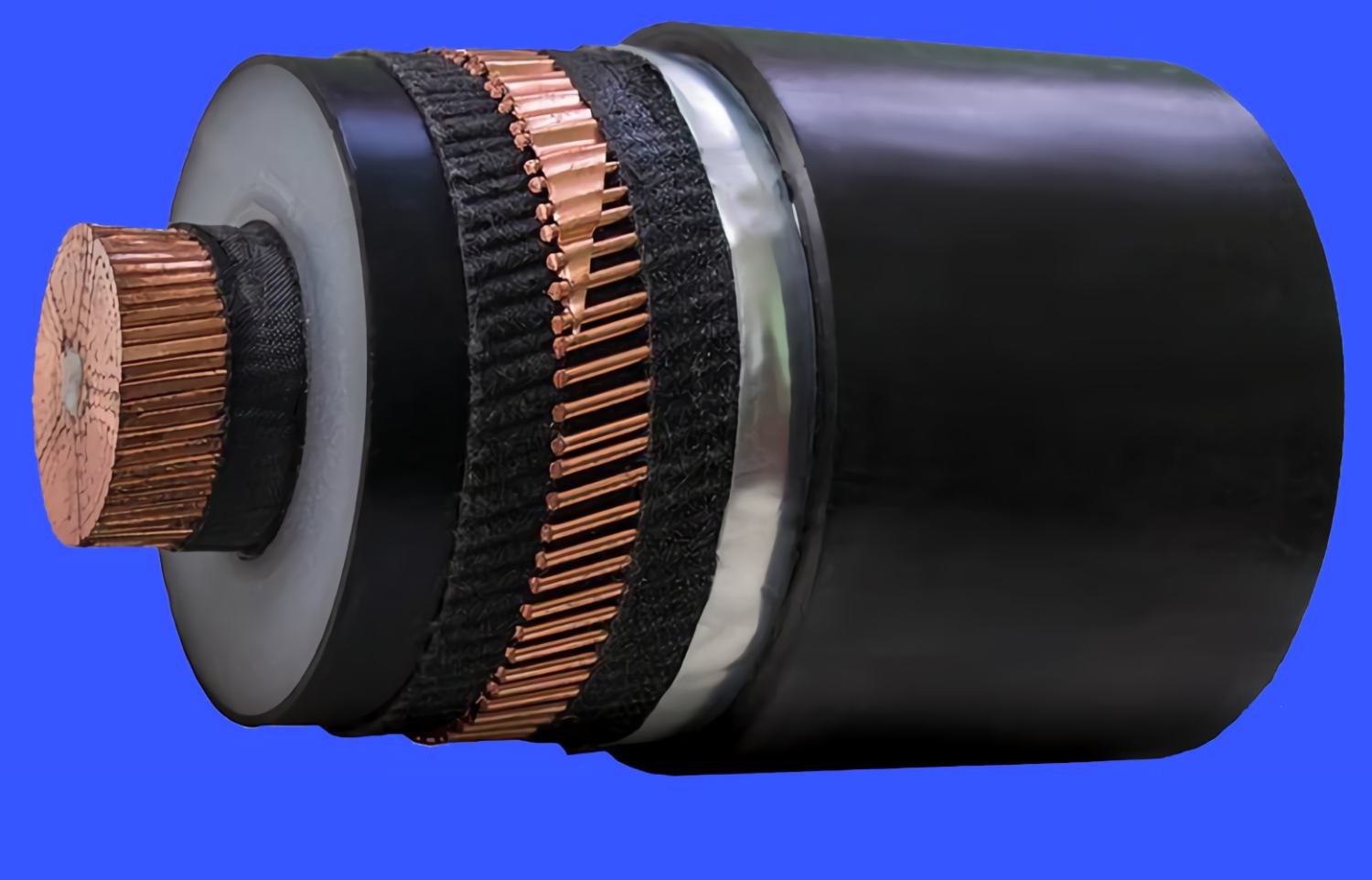The Internet has a user base of over 5 billion individuals. Streaming movies, sending electronic mail, and trading on the global stock market are all things that have long since become routine in today’s society. But how are these massive amounts of data transferred? If you want to send an email from the United States to Europe, how does it get there so quickly and easily?
Fiber optic cables and highly capable communications satellites
Constitute the backbone of the current-day World Wide Web (WWW). However, fiber optic cables—some of which run under the water as submarine cables—play a key role due to their high data transfer speeds.
These kinds of undersea cables are now widely spread all over the globe. There are over 200 data superhighways in operation today. The “TAT-14” undersea cable has been the primary link between the United States and Europe since its installation in 2001. TAT-14 can support data transfer speeds of up to a terabit per second. That’s like copying 50 Blu-rays in a second or sending a million emails all at once.
Ultra-thick sheathing for delicate optical fibers

These deep-sea communication cables have a diameter of around 2 inches (5 cm) and are insulated with many layers of material, including four pairs of optical fibers, plastic fibers, interwoven steel cables, aluminum sheaths, and elastomers. They weigh roughly 2.5 US tons per mile or 1.4 tonnes per kilometer.
Glass fibers are roughly a third the diameter of a human hair. This cutting-edge substance’s main selling point is its superb light-conducting properties. In addition, digital data is sent using light.
Devices at the head end of the fiber optic cables perform the conversion from digital data to optical signals. Now, electronic messages, photos, and other data travel at the speed of light through the quartz glass of the undersea cables, which offers several benefits. When compared to electrons in a copper connection, for instance, light particles encounter far lower resistances in quartz glass.
And that’s why hundreds of miles of fiber optic cable don’t slow them down very much at all. Integral optical amplifiers in the optical fiber check in at certain intervals to make sure the signal strength is still steady. Furthermore, multiple wavelengths of light may be given with separate information, which then travels concurrently.
Interruption of the flow of electronic information (data)
TAT-14 is a ring system formed by two individual cables that traverse the Atlantic Ocean in opposite directions but are joined together. Because of this, there is less disruption in the data flow. This is because, despite constant improvements in cable technology, problems with underwater cables continue to occur. This results in millions of individuals periodically experiencing slow Internet connections and e-mail delays.
A major drawback of deep-sea cables is their fragility. For instance, a strong earthquake off the coast of Taiwan on December 26, 2006, destroyed a deep-sea cable to the point where 97% of Chinese Internet users could only access foreign websites with limitations. Ship anchors and deep-sea trawling pose an equally serious threat to worldwide communications infrastructure as earthquakes.
Communications satellites are the only practical option for laying fiber-optic lines at the bottom of the oceans. Most of the time, they move into an orbit that is 22,236 miles (35,786 km) above the Earth’s surface. Communication satellites make it feasible to provide an internet connection to parts of the globe that haven’t had fiber optic cables.
Nonetheless, the maximum transmission rate of communication satellites is often just 3-6 gigabits per second, which is far lower than that of undersea cables. It also takes a long time for signals to travel from Earth to a satellite and back.





